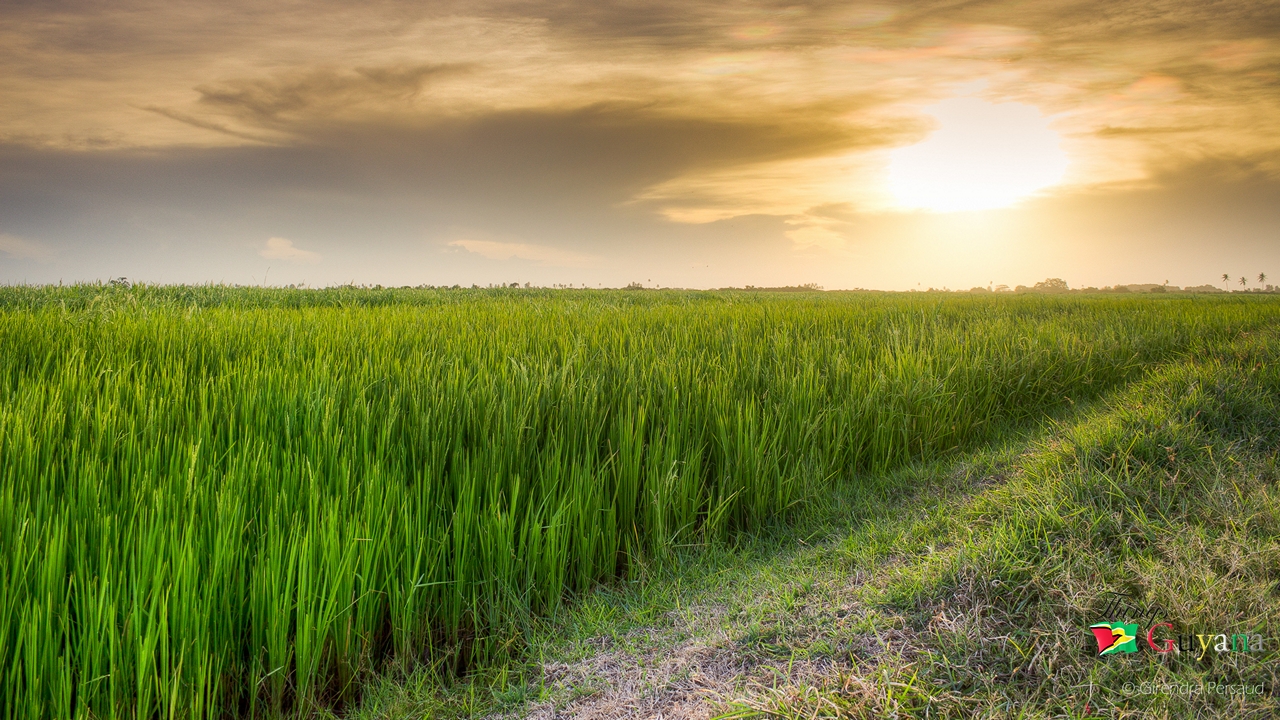Rice was first introduced during the eighteenth century by the Dutch Governor of Essequibo, Laurens Storm van Gravesande, in 1738, to supplement the diet of the slaves on the sugar estates (Ramgopal, 1964). With the arrival of indentured workers from East India, the demand for rice increased greatly. When the period of indenture ended, many of the East Indian workers chose to remain in Guyana and many acquired plots of land and began rice cultivation. By 1896 Guyana was producing more rice than was needed for local consumption and the first export shipment to Trinidad took place in that year.
As shipments from Asia and the USA were curtailed during the First World War, Guyana expanded exports to the West Indies. The industry stagnated between the two World Wars. In 1939 a single marketing organisation for rice was established and by the end of the Second World War Guyana had secured a virtual monopoly of the West Indies market. Over the period 1946 to 1950 Guyana was producing an average of 61,181 tons of paddy and exporting 22,991 tons.
In 1946 the British Guiana Rice Marketing Board (BGRMB) was established, it bought and sold all rice produced in the colony, in the same year the British Guiana Rice Producers Association (BGRPA) was established. By 1956 Guyana had been labeled the ‘bread basket of the Caribbean’ and by the time of independence in 1966 paddy production had reached 167,600 tons.
Most of the information contained in the foregoing paragraphs was obtained from ‘Our Rice Industry’ by L. Ramgopal, 1964 and also a thesis proposal ‘Management of the Rice Industry in Guyana 1966-1997’ by W. Mohamed.
Article Reference: GRDB, August 2016, http://grdb.gy/about-us/
Picture: Rice Field, West Coast Demerara, Guyana.







